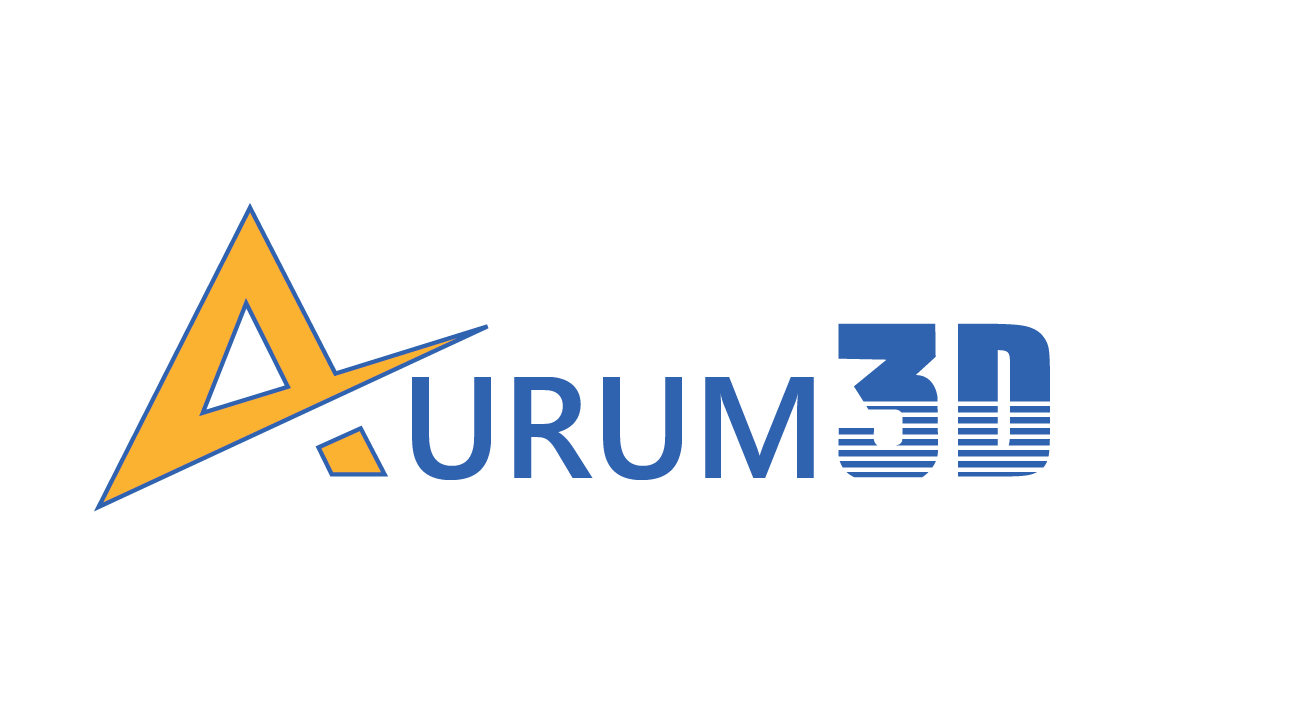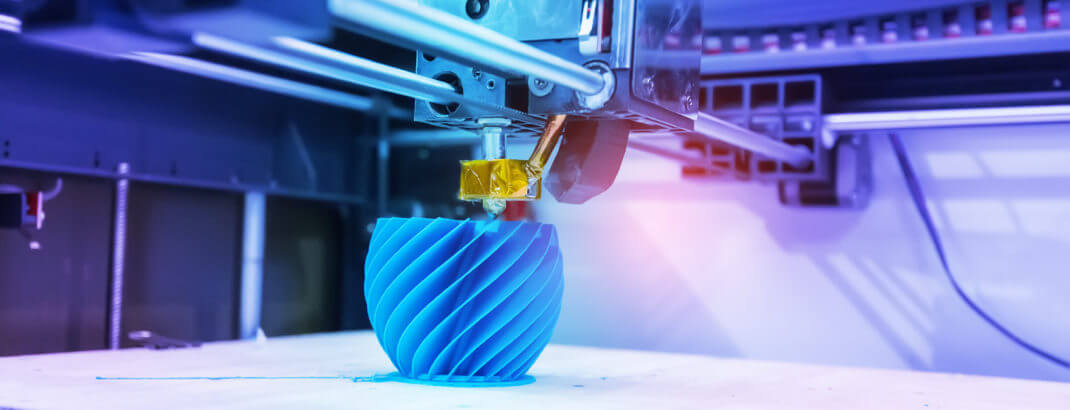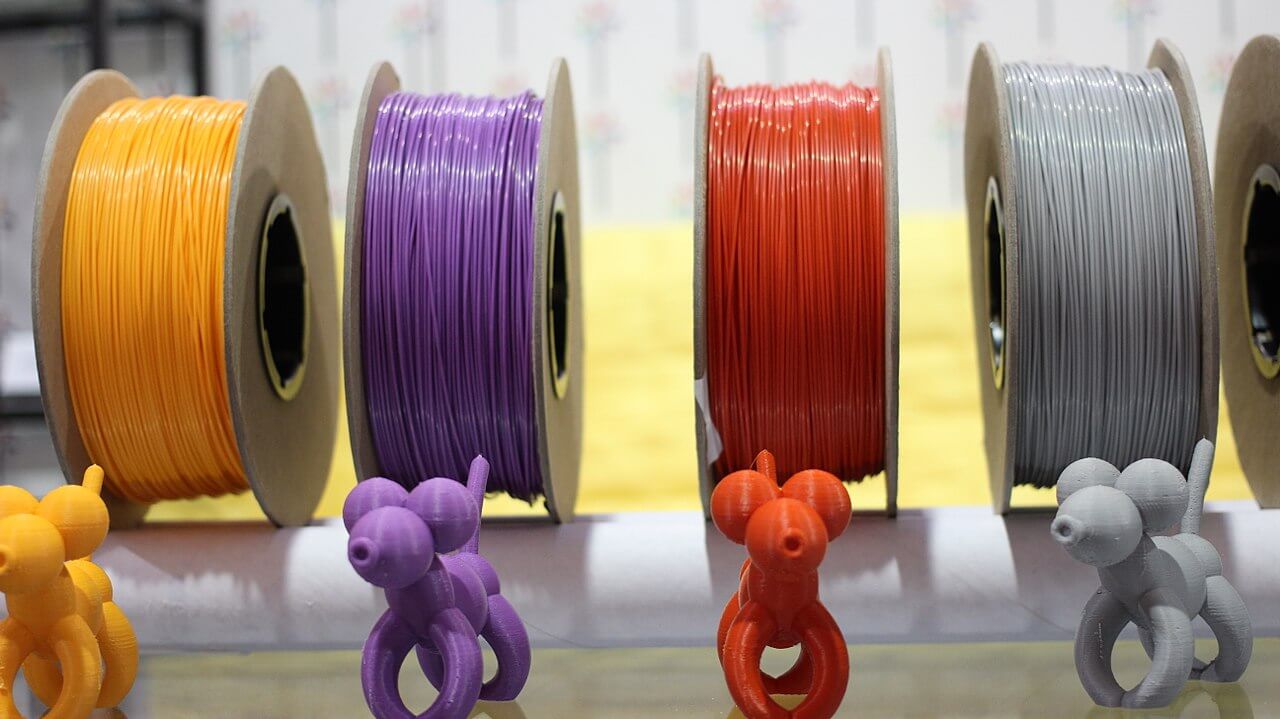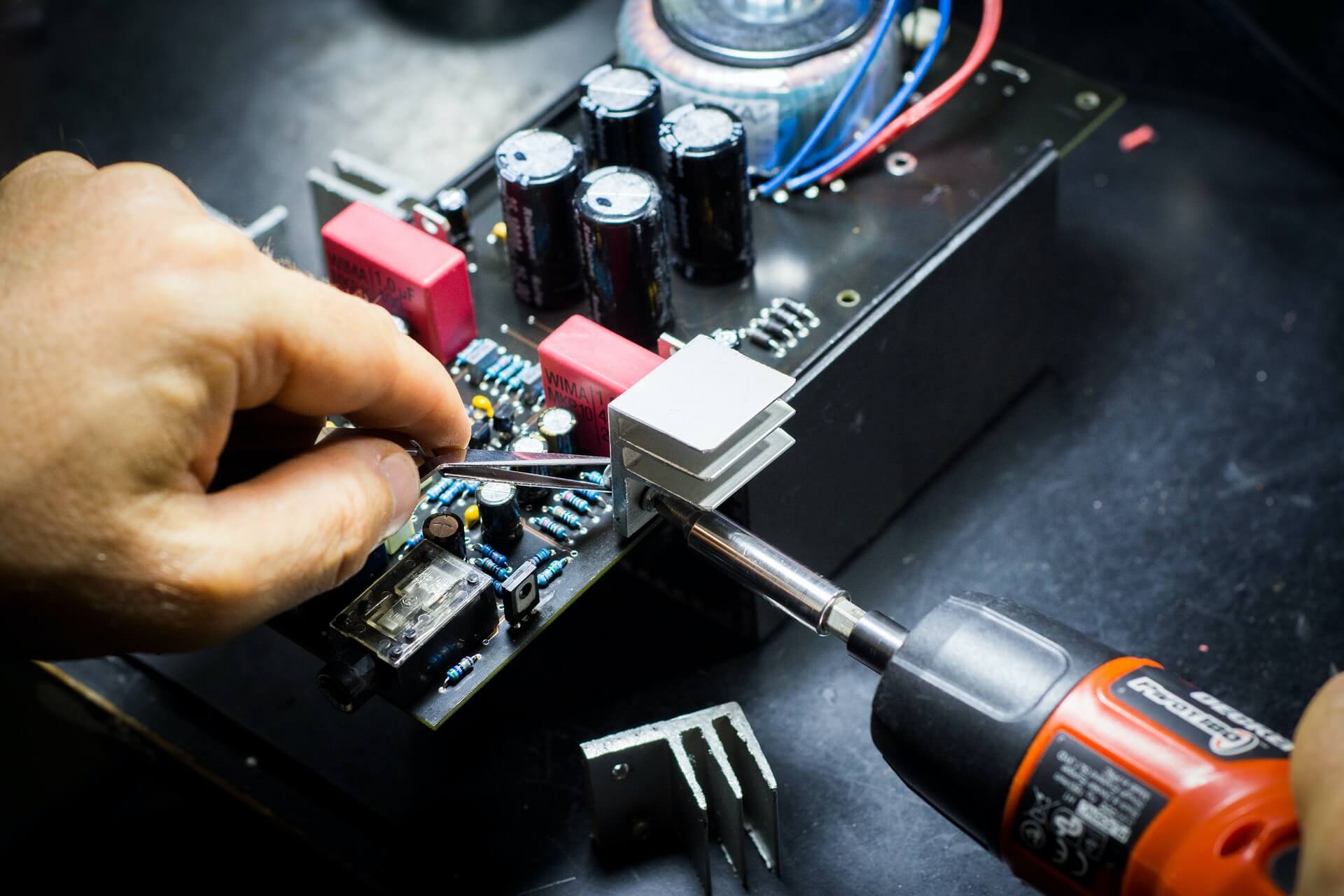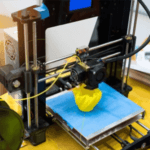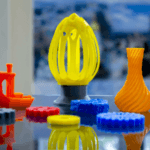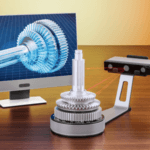Aerospace & Defence
3D Printing Makes Patternless Production a Reality in the Aerospace Industry. The ability to 3D print intricate castings directly from 3D CAD files – which can be modified quickly to accommodate design changes – provides greater opportunities to design parts with aerospace applications. View more
Automotive
3D printing can be used to make molds and thermoforming tools, rapid manufacturing of grips, jigs, and fixtures. This allows automakers to produce samples and tools at low costs and to eliminate future losses in production when investing in high-cost tooling. View more
Engineering
3D printers allow you to create prototypes, models and products out of materials such as plastics and metals. The printers do this by creating layer upon layer of your design in your chosen material until the final product is formed. View more
Home Decor
This stackable hex drawers design is one of those fantastic DIY room decor ideas that is so obvious and so simple, you wish you'd thought of it yourself. It's a modular design where you can 3D print as many hex drawers as you need, and then simply clip them together. View more
Education
3D printers can help create an engaging learning environment by making subjects more exciting and fun. It creates an immersive experience and makes learning more hands-on, which encourages students to be more active. This technology promotes problem-solving and critical-thinking skills. View more
Manufacturing
On the other hand, 3D printing is a very precise manufacturing process. Whatever is designed is 3D-printed using the raw materials, no cutting down, no leftover material, no need to reprocess the materials. Therefore, it's only an additive process and not subtractive View more.
Medical
Additive manufacturing has been used to produce hearing aids, replacement limbs, surgical implants, and detailed models of organs, bones, and blood cells. Access to this technology has greatly advanced the potentials of the medical field. View more
